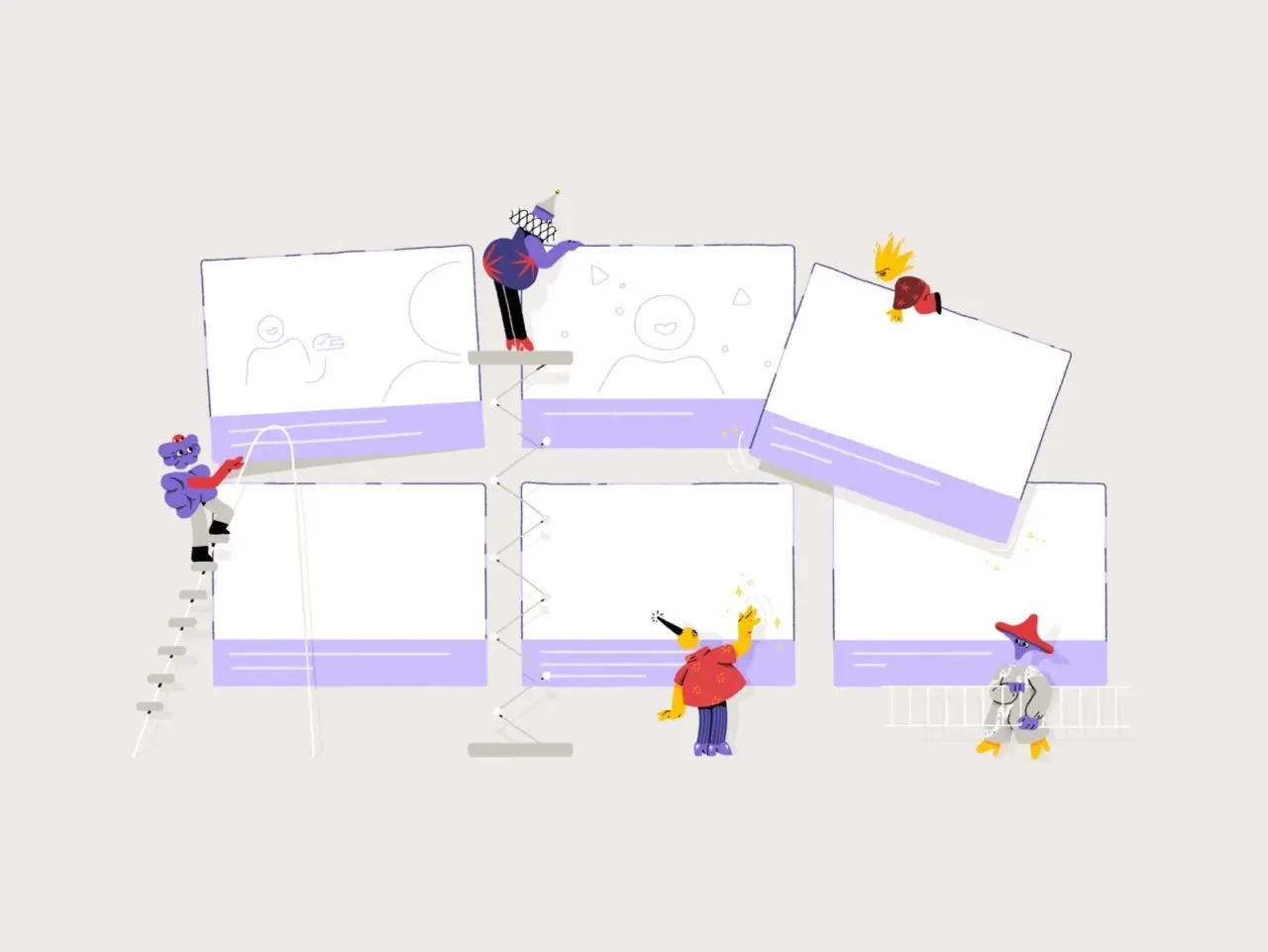CTA Mistakes in Explainer Video Production
Published:
· 1 min read
First of all, let’s explain once again what a CTA (Call to Action) is. It’s a specific behavior of a siteviewer to benefit your company, i.e. when a user signs up to newsletters and promotions, clicks a link to try a demo version, shares your video or purchases a product or service.
The CTA is a tool that triggers these actions making a video effective together with visuals and main message. However, some explainer video companies make certain mistakes related to the CTA. What are they and how to avoid them?
- A video is overloaded with CTAs. A CTA should be subtle, not too provocative or aggressive. If your product is a brand-new one, you may lose potential customers by offering immediate purchase persistently instead of suggesting an entertaining explainer. In this case less is better than more. A video is a guide that directs viewers toward your product. Let them take that action by themselves.
- A CTA is unexpected. Don’t catch viewers by surprise as it may be confusing for them. A CTA shouldn’t be abrupt, it needs to come naturally and not knock off the initial feelings towards your 1-minute video.
- On-screen time is too short. The most appropriate CTA is to ask your potential buyers to visit a web-site. Make sure that viewers have remembered the URL of the site. Don’t make screen time for that too short especially if you have long address.
- Pressing sales. The obvious goal of business animation and other explainer videos is to make sales. However, an explainer video should tell how a particular product may solve clients’ problems instead of pressing them to buy something.
- Alignment with other components of an explainer video. Make sure that the CTA corresponds with script, voice-over, visuals and other components of the video created by a video animation company. Think of wordplay and make the CTA sound natural and enjoyable.


